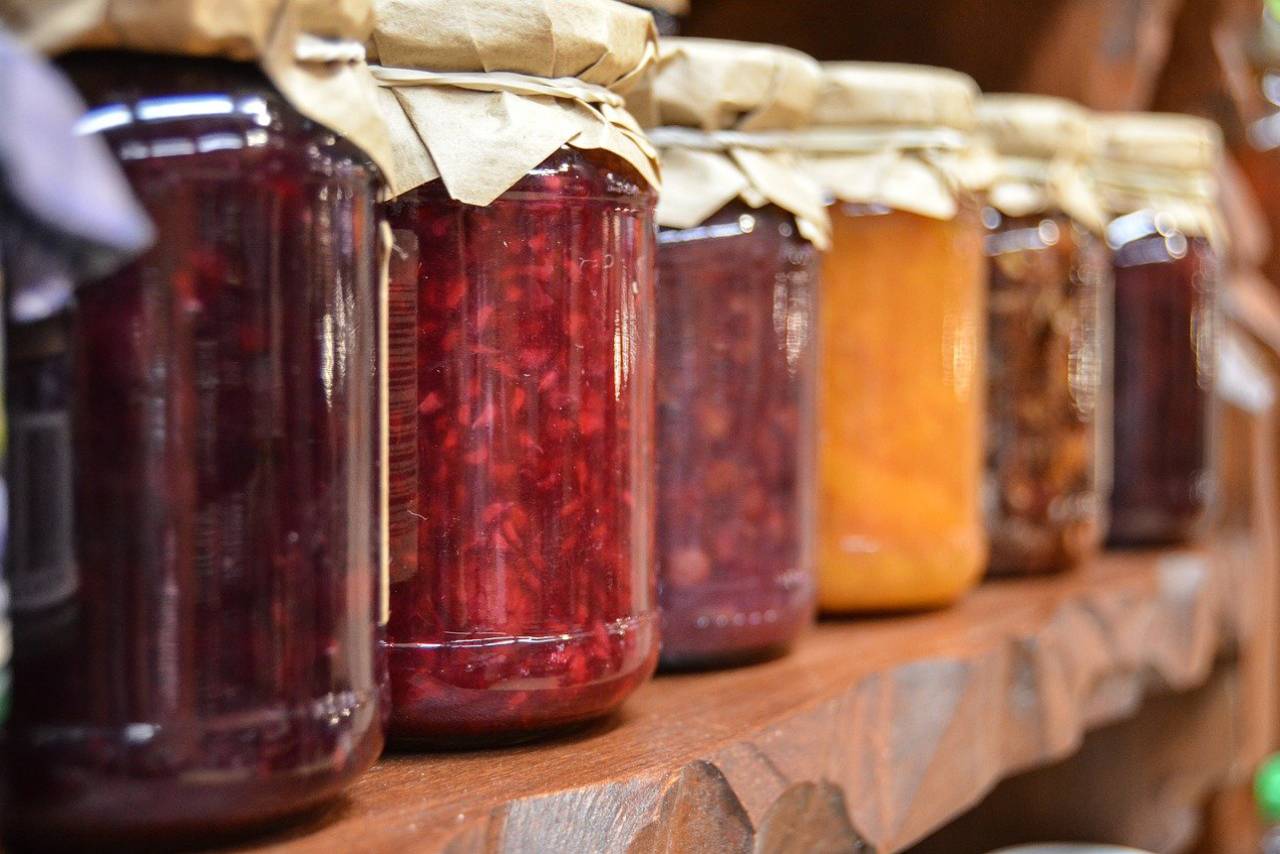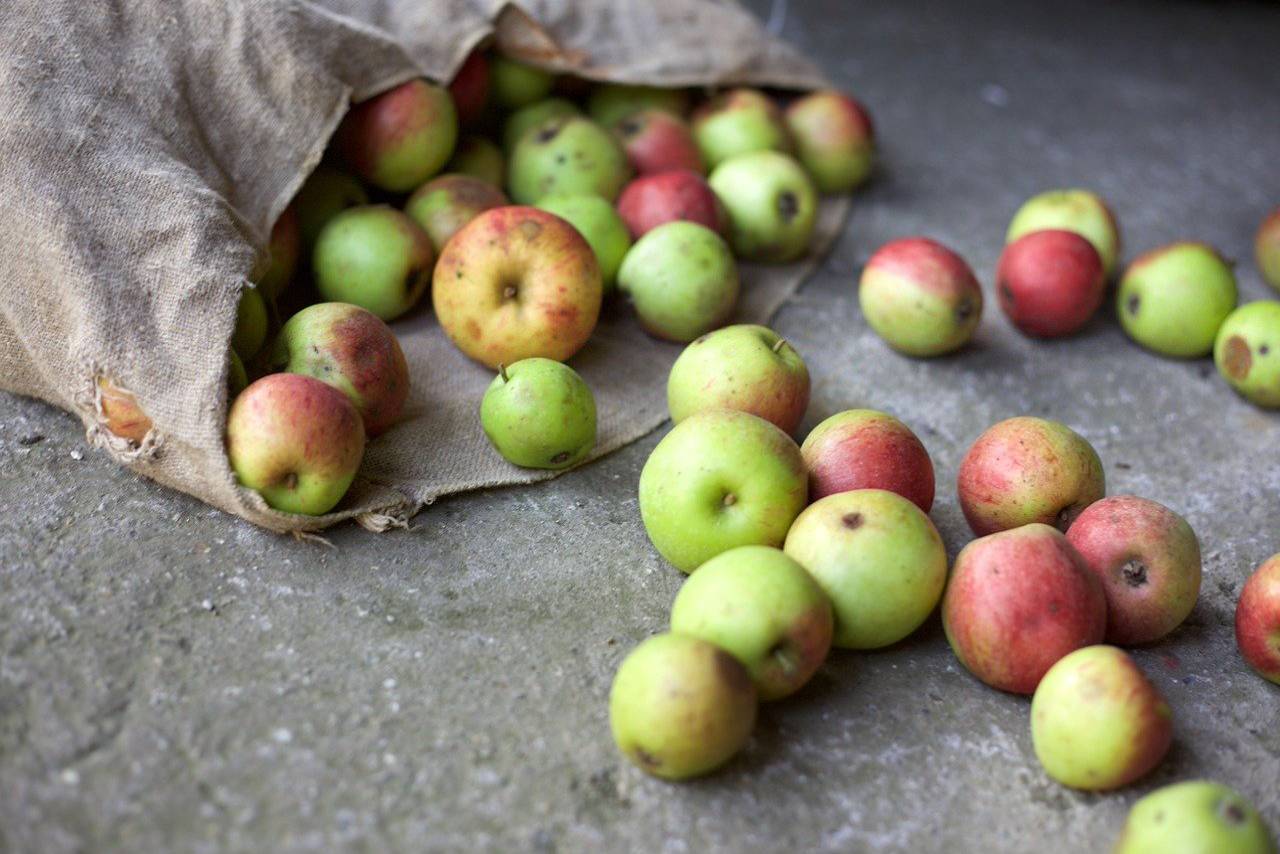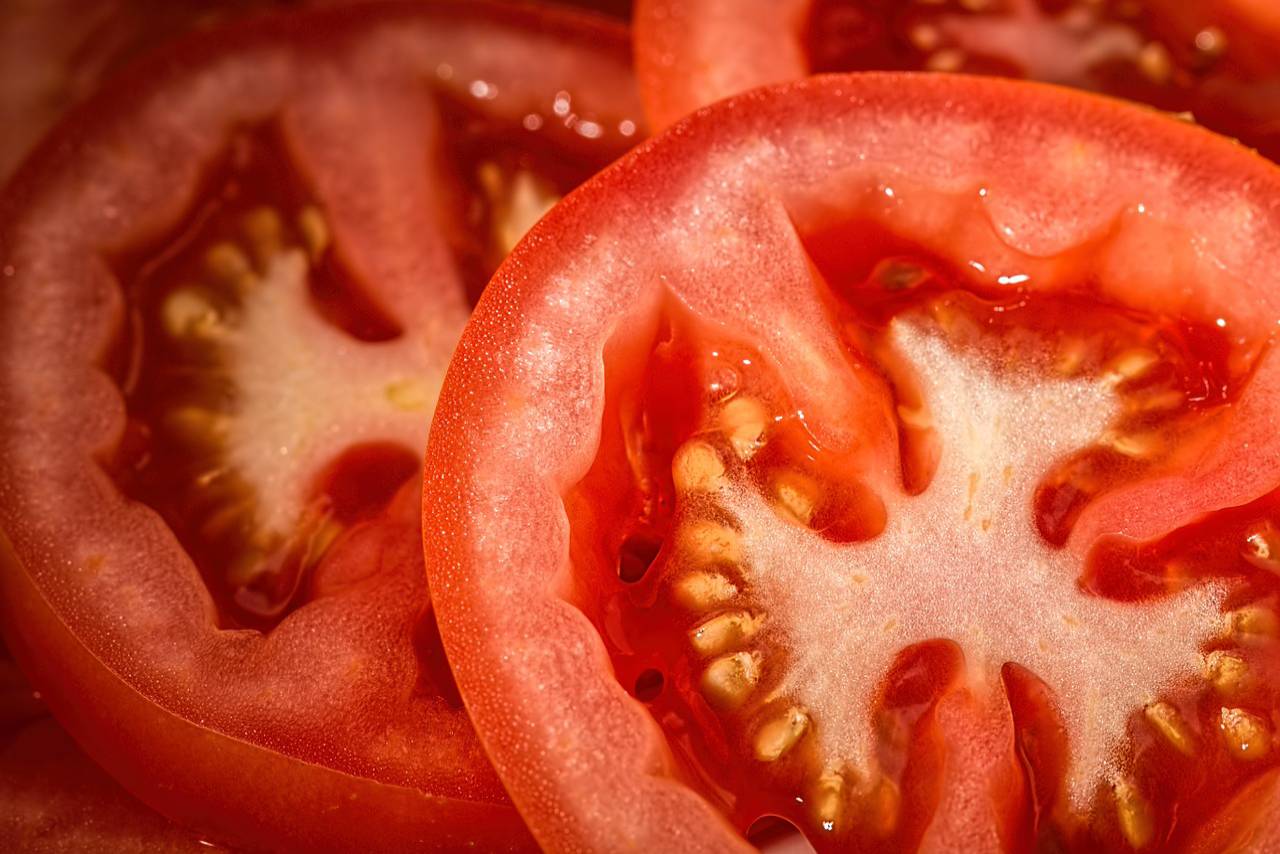5 Common Causes and Prevention of Food Spoilage for Restaurants
By learning the Causes And Prevention Of Food Spoilage, restaurants can minimize their food waste, improving efficiency and profitability.

Since inventory is among the biggest expenses for restaurants, businesses should take the necessary precautions to reduce food waste. Although most foods have expiration dates, restaurants can extend the shelf-life by improving storage and ordering techniques.
Therefore, restaurants should understand the common causes and prevention practices of food spoilage to save on food costs.

Types of Food Spoilage
Food spoilage means an ingredient is no longer consumable because its nutritional value, flavor, or texture does not meet quality standards. Perishable goods, such as dairy products, bread, and meats, have shorter shelf life than canned foods. However, all types of food can spoil as a result of-

Natural Food Spoilage
Natural food decay can result from one or multiple factors, including-
- Oxidation occurs when food comes in contact with oxygen in the air. This immediately begins the decaying process, affecting the food's taste, color, and nutritional value. Restaurants can use airtight packaging and containers to slow down the oxidation process and elongate the ingredient's shelf life.
- Enzymes are found in every kind of food and affect their chemical compositions. The enzymatic structure determines how foods ripen and how it affects their flavor and coloring.
- Temperature Changes can speed up the decay process, as every ingredient has a specific optimal temperature. Goods stored in pantries should be kept between 50 and 70 F, while refrigerated goods should be kept between 34 and 40 F. Items held in a freezer should remain below the freezing level until preparation. When food reaches higher temperatures, they deteriorate exponentially quicker due to the growth of microorganisms.
- Physical Damage to packaged goods can break the food's surface, introducing the risk of bacterial growth. Therefore, ingredients should be appropriately packaged and handled carefully to prevent compromising their physical barrier.

Microorganism Spoilage
Microorganism, or microbial, spoilage can result in severe foodborne illnesses, also known as food poisoning. The three primary causes of microbial spoilage include-
- Molds are microscopic organisms that hold fungi, which travel by air, insects, and water. Most molds can cause allergic reactions and respiratory issues. Some strains can even produce mycotoxins, which can cause illness.
- Yeast-based spoilage occurs after the chemical breakdown of yeast metabolism, such as fermentation. This typically takes place in foods with a high sugar composition.
- Bacteria break down food, leaving waste that is harmful to humans. Bacterial spoilage often occurs in meats, vegetables, and food with low acidity levels. Consuming certain bacteria can result in fever, abdominal pains, and nausea.

Signs of Food Spoilage
Usually, food spoilage is easily detected through taste, smell, touch, and sight. For example, spoiled vegetables will give off a foul odor, become soft, and turn brown.
Spoilage occurs from natural decay due to bacterial growth, which slowly breaks down the food. Sometimes the growth is apparent on the surface, causing discoloration and a slimy substance. Foods that experience soft rot become mushy as a byproduct of enzymatic deterioration.
While natural decay can only be elongated and not prevented, restaurants can slow the spread of bacteria through proper storage. Aside from keeping food and beverages at optimal temperatures until preparation, leftovers should be sealed in air-tight containers and kept in cool storage.
Restaurants can also practice dehydration and canning to further reduce food spoilage.

5 Common Sources of Food Waste and Prevention Methods
The National Restaurant Association reported that 4 to 10% of food is wasted before it even reaches the consumer. This means that restaurants have a significant margin of food waste that they can work on reducing.
The most common causes of food waste in the restaurant industry include-
1. Overstocking
Without proper inventory management, restaurants can overstock products, resulting in excessive food waste.
To prevent overordering, businesses should implement inventory tracking software to monitor ingredient usage. This enables managers to finetune their ordering strategies to save money on purchase orders and minimize food spoilage.
2. Spoilage
Even while maintaining healthy stock levels, restaurants can experience food spoilage if they do not practice the proper precautions. Managers should inspect deliveries before signing off to ensure that food isn't damaged or already expired.
Restaurants can also use the first in, first out (FIFO) method to ensure the oldest ingredients are used before the newest to avoid spoilage.

3. Overproduction
Overproduction is another significant source of food waste. If cooks overestimate the demand for specific dishes, prepared food can only be saved for so long before it must be discarded.
Therefore, owners should review reports from their inventory systems to determine customer demand and sales trends.
4. Mistakes
Whether a server forgets to note a customer's allergy or the chef misreads the order ticket, mistakes can drastically impact food waste.
Restaurants should establish a standard method for taking, submitting, and interpreting orders to minimize these occurrences.
5. Poor Portion Control
If bussers notice large amounts of untouched food leftover on customers' plates, the restaurant's portions may be too large.
By practicing portion control, restaurants can maximize their inventory budget without sacrificing food quality. Therefore, businesses should standardize portions for each dish to limit leftovers.